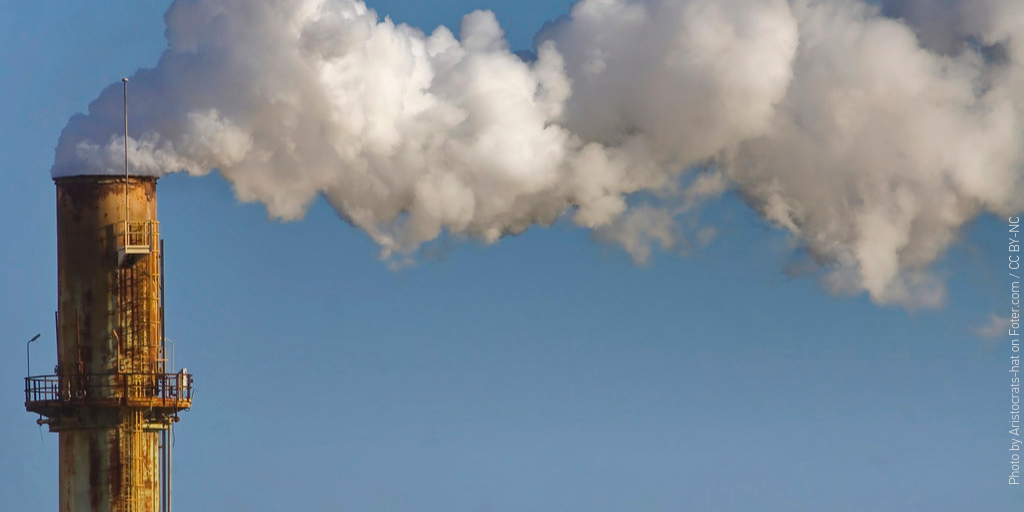
Historically, the U.S. environmental movement has focused on litigation and high-level advocacy. The communities who bear the greatest burden of harm who are mostly poor and of color—have had little opportunity to use the law themselves.
In 2018, Namati recruited our first crew of legal empowerment advocates. In 2019, we’re working with this group to help communities secure remedies to environmental injustice and develop a methodology that works in the U.S. context.
In this Q&A, Namati’s Alayna Chuney, Environmental Justice Consultant, describes the major environmental justice challenges facing communities in Maryland and Washington D.C., and how paralegals develop and create access points for affected communities to understand, use, and shape the law to hold companies and the government accountable.
Q. What is the current environmental situation in your country? How do industrialization and development projects affect the environment and livelihoods of people in your country?
A. In Washington D.C. and Maryland, there are decent environmental rules on the books but no compliance or enforcement to ensure those rules are being followed. Currently, Maryland and DC are saturated with industrialization in low income and minority communities. Many of the industrial facilities are either given permits that have poor regulations or are violating the terms of their permits. As of November 2018, there were 2,120 facilities with existing violations. Of those, 757 have significant violations. This reflects both self-reports and inspection data. The counties with the greatest absolute number of noncompliant facilities were located near or in urban areas, which consist of large minority and low-income populations.
In terms of how industrialization affects the people in those areas, the pollutions from the facilities exacerbate pre-existing health issues and can lead to new ones. For example, in Baltimore, NOx emissions from the BRESCO incinerator are extremely high for the amount of energy and steam this plant produces. The areas immediately around BRESCO have high asthma rates compared to Maryland as a whole. NOx is also the primary pollutant that contributes to the formation of ground-level ozone, which has been shown to worsen the effects of asthma.
Q. Why are current solutions inadequate or short-sighted to address the problem?
A. The problem we face is the oversight from governmental institutions to enforce permits and environmental regulations. While Maryland and Washington DC have rules in place to protect the environment, there is simply a lack of enforcement for those rules. Often the only way an institution will even look at a compliance issue is when the media gets involved or the community constantly complains.
Q. How do you intend to use legal empowerment to address these challenges?
A. Namati intends to train and deploy community paralegals to support community members to understand and use various environmental laws to hold government institutions accountable for enforcing permits and environmental regulations.
Q. Why is it critical for the people most at risk of environmental injustice to be empowered to know, use, and shape the law? Why is it key for people, not powerful interests, to be at the center of justice systems?
A. I think it is important for the people most at risk of environmental injustice to be empowered to understand the law because they are the ones living, breathing, and seeing the problem every day and they know what is best for their community. At the end of the day, attorneys, politicians, and policymakers get to go home at night, meaning community voices should be pronounced first and loudest in any conversation on environmental justice.